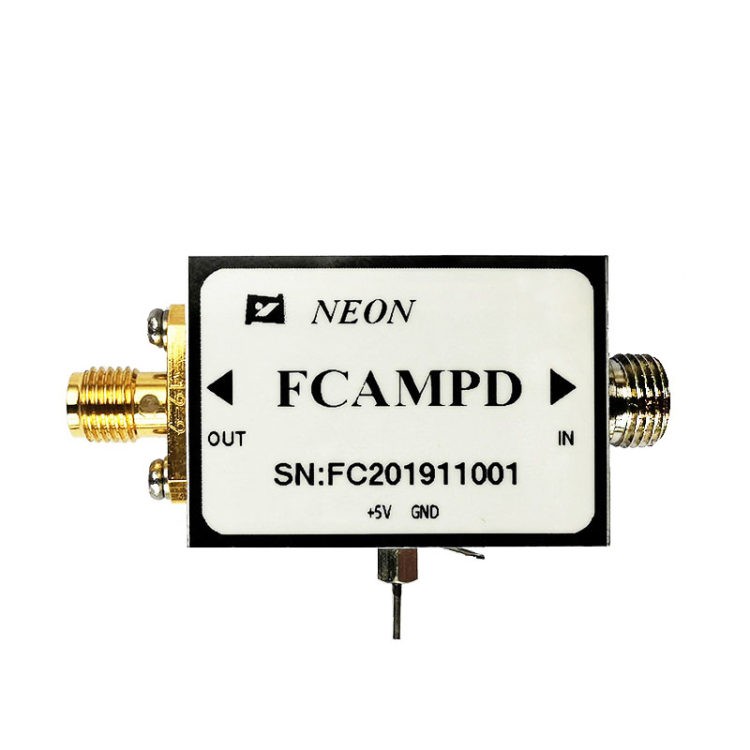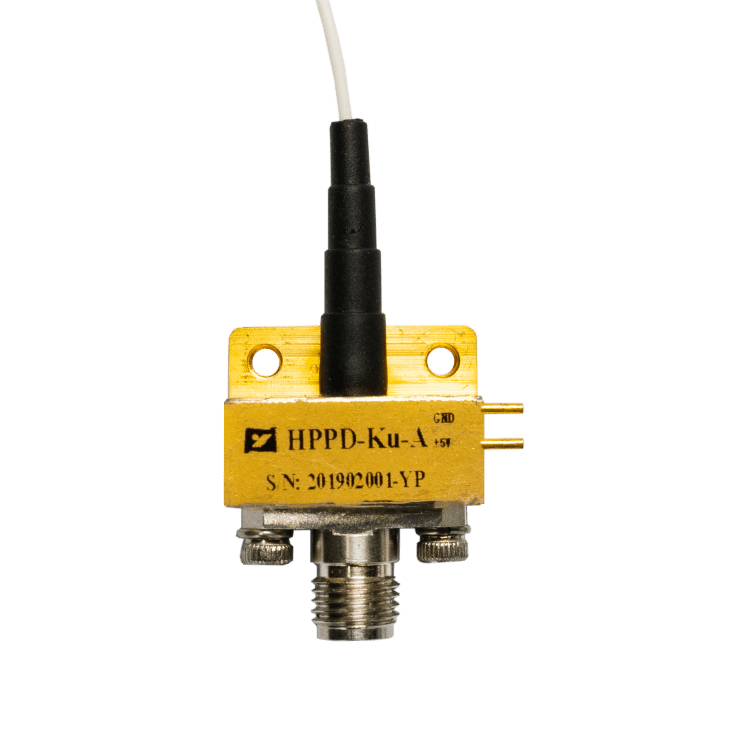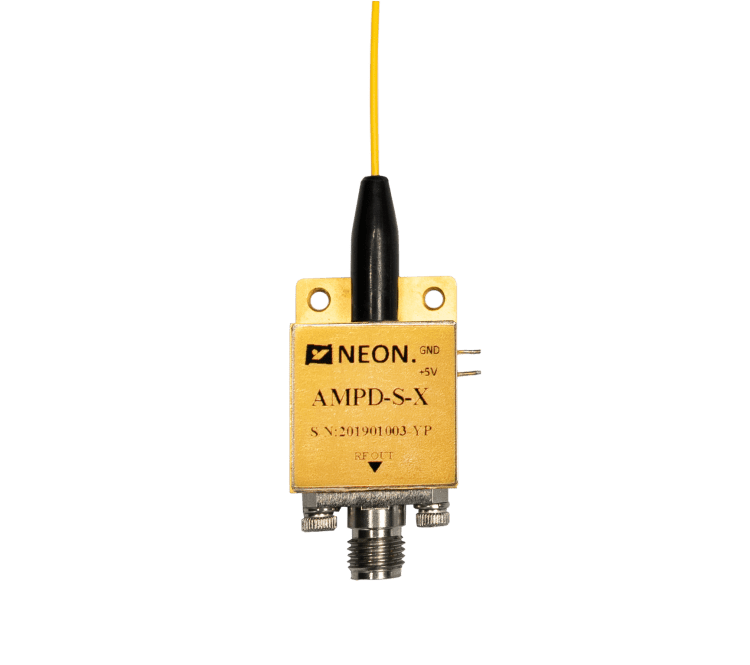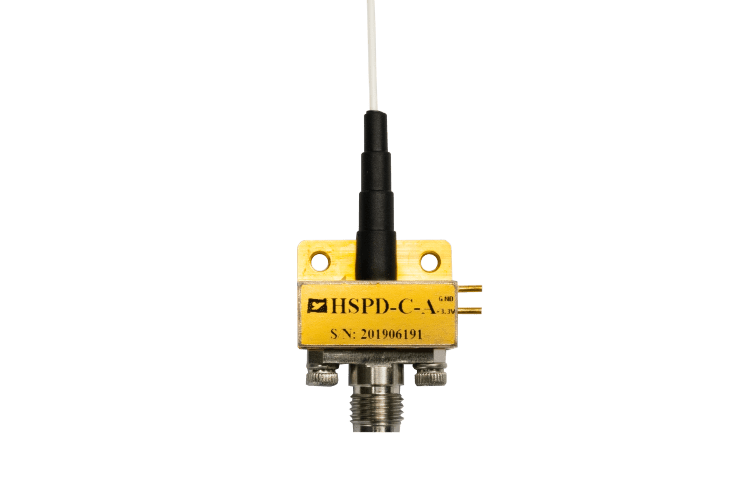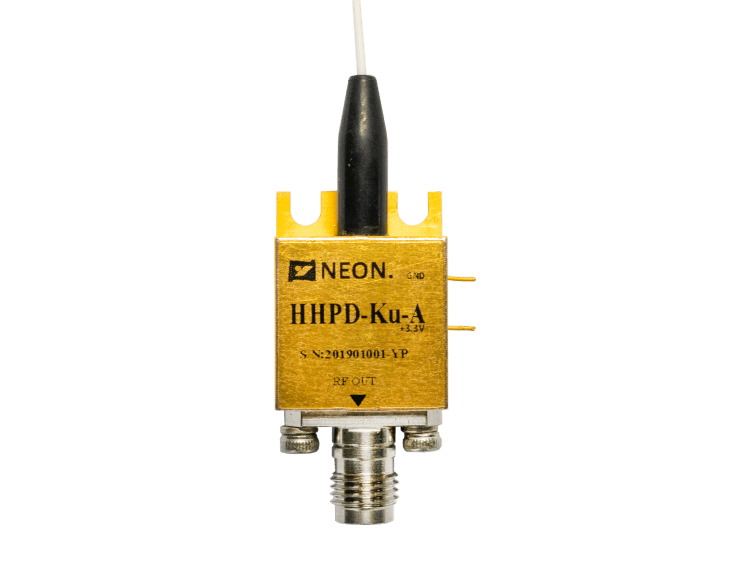How to Measure Responsivity of Photodetector? – Solved
In modern optoelectronic devices, photodetectors play the interface role in linking optical signals to electrical processing. Responsivity, in optical communications, laser metrology, or precision sensing systems, is one of the most important parameters in determining the performance of a photodetector.
So how do we scientifically and correctly measure the responsibility of a photodetector? In this post, we will give a step-by-step guide on how to measure responsivity of photodetector. Let’s get started!
Part 1. What is the Responsivity of a Photodetector?
Responsivity of a photodetector refers to the quotient of electrical output (voltage or current) generated by the detector and incident optical power. The ability of the detector to convert input optical signals to measurable electrical signals is one foundation for measurement of performance in the determination of photodetectors’ efficiency.
Responsivity is typically expressed in two forms:
Current Responsivity (A/W): This is the photocurrent per unit of incident optical power and is typically used for photodiodes operating in photoconductive or photovoltaic mode.
Voltage Responsivity (V/W): This defines the output voltage per unit incident optical power and is typically used for detectors with an amplifier, for example, pyroelectric detectors or phototransistors.
The higher the responsivity, the higher sensitivity of the detector towards weak light signals. Practically, a highly responsivity photodetector is able to produce a higher electrical signal even at low-light conditions and therefore is highly suitable in low-light imaging, fiber-optic communications, and scientific instrumentation applications.
Responsivity is wavelength-dependent and therefore a photodetector will possess varying sensitivity based on the wavelength of light incident on it. Datasheets typically include a spectrum of responsibility, or sensitivity measure as a function of wavelength, to help engineers choose an appropriate detector for a given application.
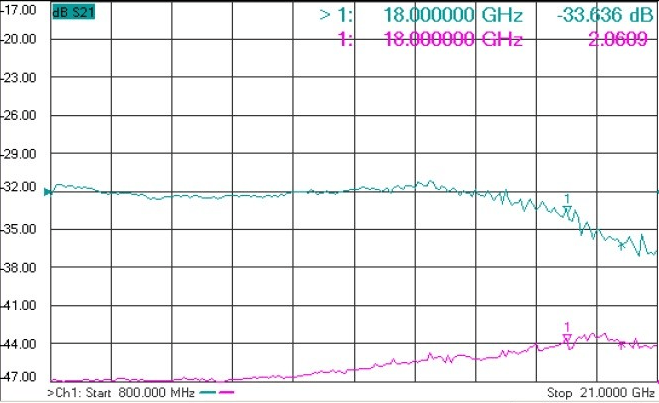
Part 2. Why is Responsivity Important?
Responsivity is an important parameter of photodetector performance, particularly in high-speed and high-resolution optoelectronic applications. In high-speed photodetectors, it directly affects signal quality, detection accuracy, and system sensitivity.
In applications such as >25 Gbps optical communication, THz imaging, and frequency-domain measurement—high responsivity allows the detector to detect low-power, high-speed optical signals and convert them into strong electrical outputs. This leads to:
- Enhanced signal-to-noise ratio (SNR): Suppresses the impact of electronic noise.
- Enhanced sensitivity: Detects weaker signals not compromising performance.
- Enhanced measurements: Offers linear, precise optical-to-electrical conversion.
In coherent-optics and LIDAR applications where bandwidth matters, fast-acting detectors cut down on extra amplification, thus boosting overall efficiency and reducing random noise. Simply put, greater responsivity translates directly into better performance in demanding photonic tasks.
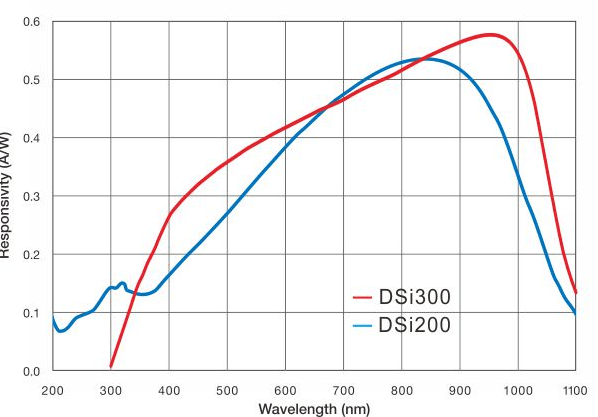
Part 3. How to Measure Responsivity of Photodetector? – Standard Method
The technique for measuring a photodetector’s responsivity depends on the different photodetector types (PIN, APD, InGaAs) and the selected test wavelength, yet the overall procedure follows a similar, broadly accepted outline:
1. Test Equipment Preparation
Stable laser source: Select a laser that operates at the desired wavelength, whether 850 nm, 1310 nm, 1550 nm or any other relevant band.
- Adjustable optical power meter or integrating sphere: For the accurate measurement and control of the incident optical power.
- Precision current/voltage measurement devices: Source meters or low-noise amplifiers, depending on whether current or voltage responsivity is to be measured.
- Reference photodetector: A calibrated detector whose responsivity is known for system comparison or calibration.
2. Specify Test Conditions
- Select the target wavelength: Verify the wavelength to be identical to the application to be used or spec.
- Maintain steady beam conditions: Incident angle and size of the beam spot should not change during testing.
- Regulate environment parameters: Temperature and background lighting should be regulated to avoid measurement drift.
3. Calculation Formulas
Current Responsivity: R=I/P
Where:
- R is responsivity in A/W,
- I is photocurrent in amperes,
- P is incident optical power in watts.
Voltage Responsivity: R=V/P
Where:
- R is responsivity in V/W,
- V is output voltage,
- P is optical power.
Note: Voltage responsivity can be significantly affected by the amplifier gain in the detector’s circuit. It’s important to know the amplifier configuration and gain factor to interpret the result correctly.
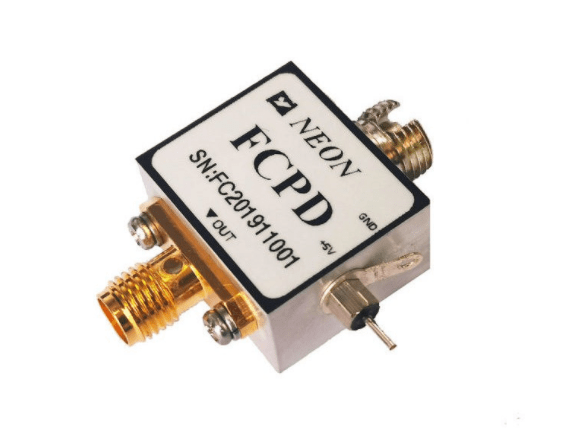
Part 4. Key Considerations for Measuring Responsivity of High-Speed Photodetectors
For gigahertz-band optical communication, ultrafast laser systems, and time-resolved spectroscopy applications, responsivity measurement is much more demanding.
Unlike low-speed applications, these technologies involve bandwidth, temporal response, and noise performance considerations for meaningful and accurate measurements.
Key Measurement Challenges:
High Bandwidth Requirements: Standard measurement systems may not be able to fit the frequency spectrum required to properly capture high-rate transient signals. Special equipment (e.g., high-bandwidth oscilloscopes, RF spectrum analyzers) is needed.
Fast Temporal Response: High-speed photodetectors generally have rise times of less than 100 ps. To capture such rapid transitions, test systems with equal or even faster timing resolution are needed.
Low Noise Floor: Electronic noise is predominant at high frequencies. A low-noise photodetector can make a big contribution to the signal-to-noise ratio (SNR), especially in systems with restricted optical power.
Recommended Features of High-Speed Photodetectors:
To enable responsivity measurement with due accuracy and optimum system performance, we recommend using photodetectors with the following features:
GHz-level Bandwidth: Enables detection of high-speed oscillating optical signals in high-speed communications (e.g., 10G, 25G, or even 100G systems).
Fast Rise Time (<100 ps): Ensures the detector can follow ultra-fast optical pulses without distortion or lag, required for time-domain applications.
Low Output Noise: Minimizes baseline noise and maximizes SNR, required for detecting low-amplitude or short-pulse signals.
High Responsivity at Telecom Wavelengths: Features very high responsivity at common communication wavelengths such as 1310 nm and 1550 nm, ensuring fiber-optic system compatibility.
By including these traits in the measuring system and detector selection, engineers are able to have accurate responsivity data even at difficult high-speed operation situations, making reliable operation possible in cutting-edge photonics systems.
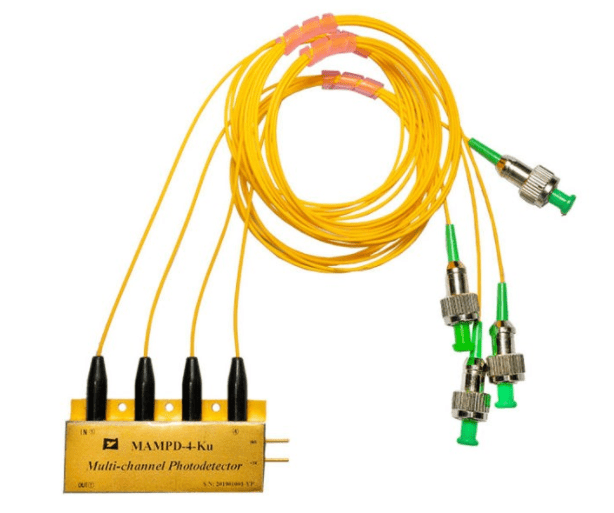
Part 5. Common Measurement Mistakes and How to Prevent
Accurate responsivity measurement requires careful setup and management. In reality, however, there are some snares that may give rise to false results. The following are common issues in testing and solutions suggested:
| Issue | Suggested Solution |
| Unstable light source or wavelength drift | Use temperature-stabilized laser sources or wavelength-stabilized LEDs to offer stable output during measurement. Instabilities can result in oscillating power levels and inaccurate responsivity values. |
| Uncalibrated optical power meter | Routine calibrate the power meter using a certified reference light source to maintain measurement accuracy. Inaccurate calibration can have a significant effect on responsivity calculations. |
| Misaligned optical path with power loss | Use adjustable collimators or precision alignment tools to align and center the beam properly onto the detector’s active area. Misalignment will lead to incorrect responsivity for the real. |
| Detector out of its linear range | Maintain the incident optical power within the detector’s linear operating range. Excessive power will saturate, and insufficient power will fall below noise, both distorting the measurement. |
| Oscilloscope with poor bandwidth | See to it that the oscilloscope or readout system offers a bandwidth not less than twice the frequency of the signal measured in accordance with the Nyquist criterion. Poor bandwidth results in signal distortion and erroneous rise time analysis. |
By being aware of these issues, you can greatly increase the reliability and accuracy of measurements of responsivity, especially when measuring high-speed photodetectors.
Part 6. NEON High-Speed Photodetector Series – Trusted Choice
NEON offers a range of high-performance InGaAs high-speed photodetectors with typical responsivities between 0.75 and 0.9 A/W (1310/1550 nm). The detectors range from 1 GHz to 30 GHz bandwidth and have excellent linearity and low noise, which makes them especially ideal for high-precision responsivity measurement and system integration.
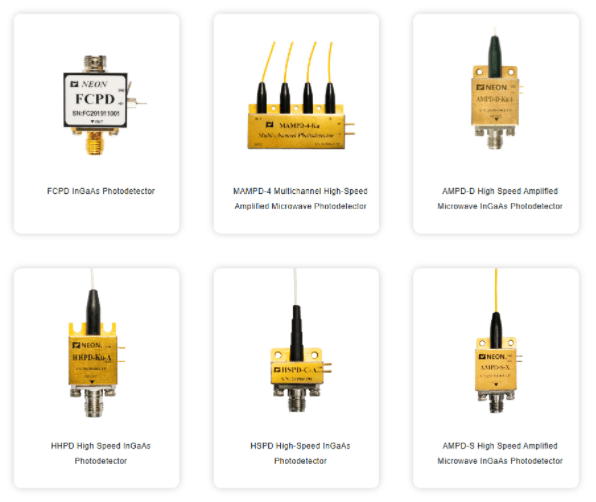
Key Benefits of NEON High Speed Photodetector
- Ultra-Wide Bandwidth: Up to 30 GHz, ideal for detection of ultrafast optical signals
- Good Responsivity Flatness: ≤ ±1.5 dB, improves measurement precision
- Redundant Package Options: SMA, 2.92 mm, and SMP interfaces for different platform compatibility
- Fiber-Coupled Design: Offers stable optical input and minimizes insertion loss
- Bias-T Integrated and DC-Coupled Output: Enables high-frequency circuit matching
- OEM Customization Option Available: Tailored solutions for research and industrial clients
Wrap Up
Knowing how to measure photodetector responsivity is a crucial step in the selection and evaluation process. Particularly in high-speed applications, a photodetector with wide bandwidth, fast response time, and high responsivity can make a big difference in system stability and sensitivity.
If you’re in need of quality high-speed photodetectors, feel free to reach out to Neon for more information!


